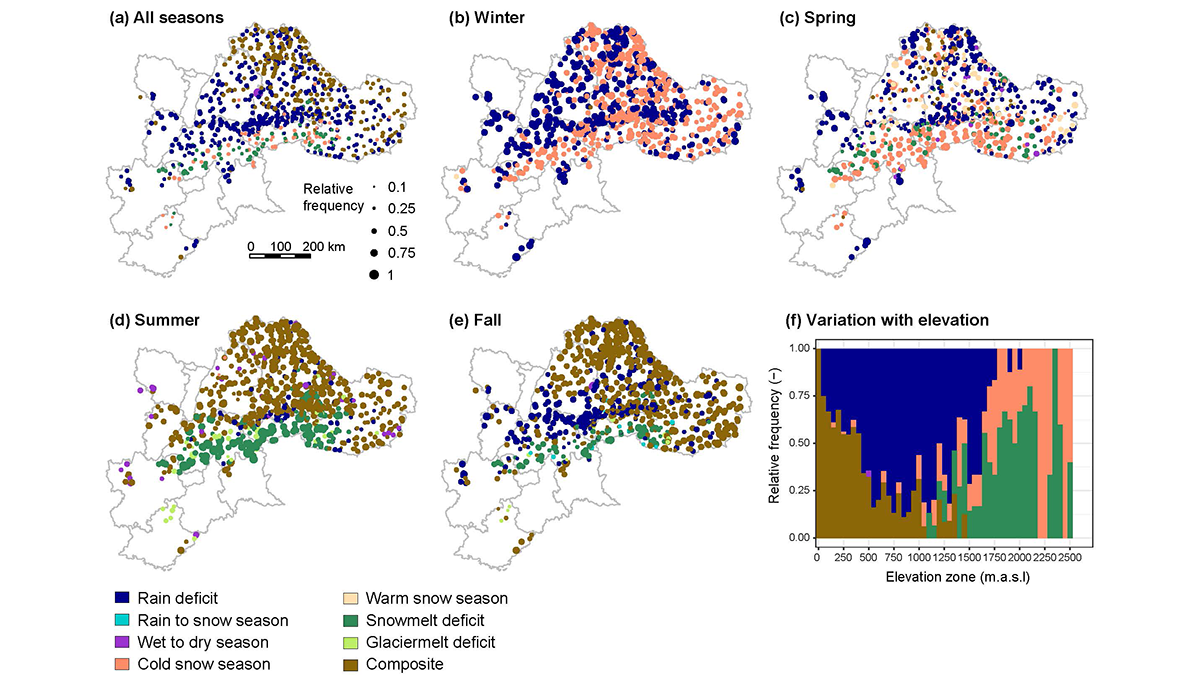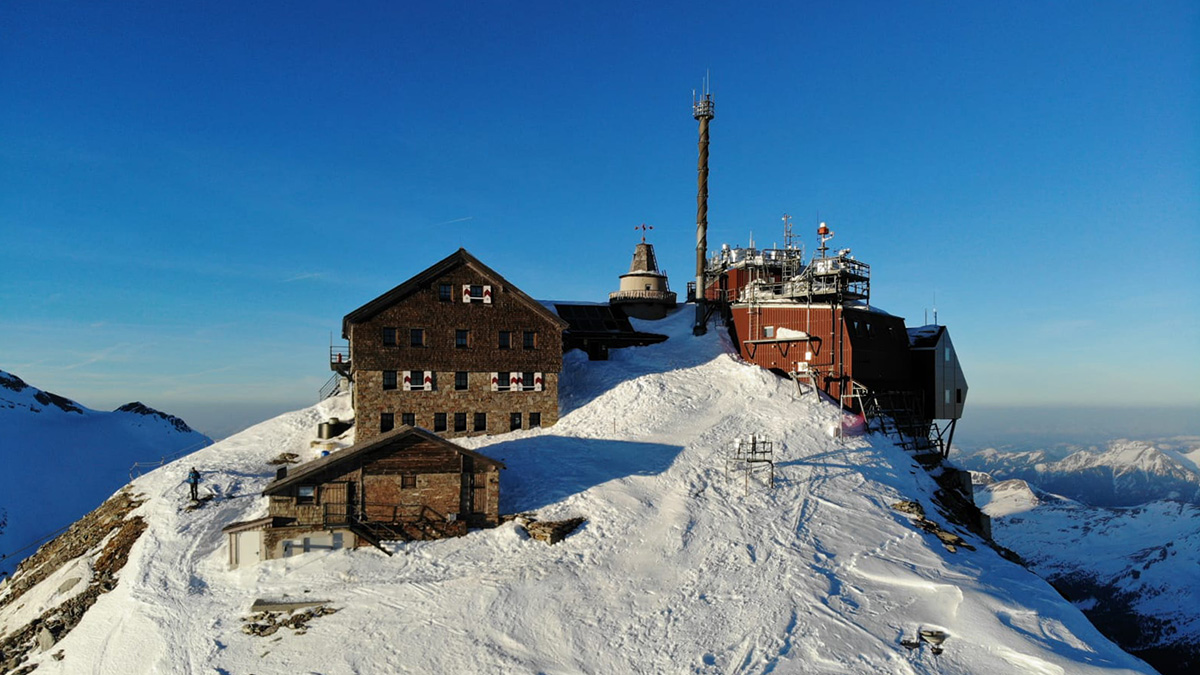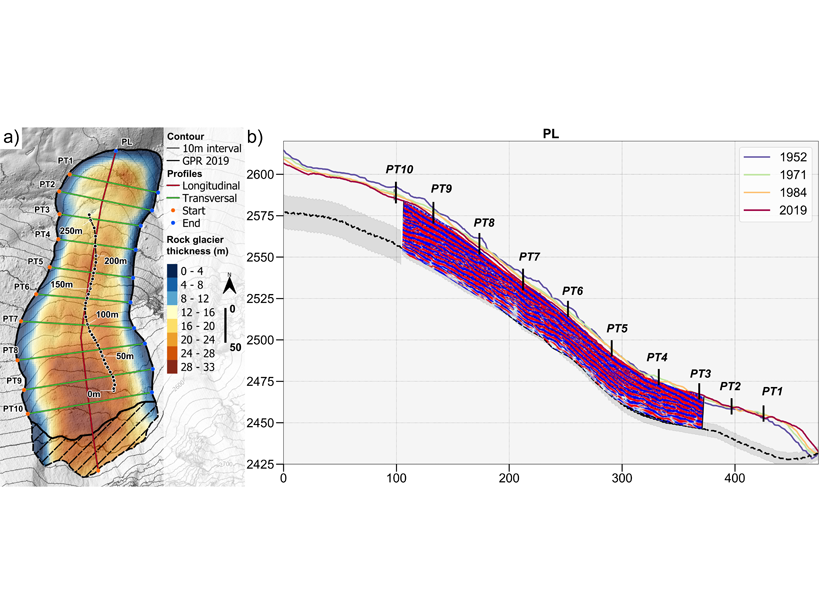A five-decade analysis of drought generation processes in the Alps shows their changing seasonality in high-elevation basins with increasingly frequent droughts caused by a lack of snowmelt water.
Alps
Scientists Decipher the Seismic Dance of the Southern Alps
Most of the Alps are considered tectonically dead, but according to new research, the southeastern region—home to prosecco wine—is very much alive.
Holey Eclogite!
Scientists have found holes filled with minerals that indicate fluid-filled pores exist many tens of kilometers below Earth’s surface. But no, The Core fans, you still can’t get amethyst-laden geodes in the mantle.
The Alps Are Dusted with Nanoplastics
A new study finds the lofted pollutants came from major European cities, but further study is required to fully understand the plastics’ transport and deposition processes.
The Goldilocks Zone May Be Just Right for Migrating Metals
Researchers identified a gateway that allows metals critical for renewable energy technologies, like copper and gold, to make their way to the surface.
Mountains Sway to the Seismic Song of Earth
The Matterhorn in the Swiss Alps is in constant motion, gently swaying back and forth about once every 2 seconds.
Revealing How Rock Glaciers Respond to Climate Change
Detailed measurements of the geometry and flow of Laurichard rock glacier over 67 years reveal the distinctive behavior of these landforms through periods of warming and cooling.
Climate Warming Improves Oxygen Mixing in a High-Altitude Lake
Long term weather and lake data from a high elevation lake in the Alps demonstrate that climate warming may actually improve the ability of high-altitude deep lakes to mix their waters.
Hydropower and Bugs
Alpine hydropower plants commonly flush sediment that accumulates at intakes, but the associated rapid rise in discharge, turbidity, and streambed instability put aquatic insects at risk.
Europe’s Mightiest Glaciers Are Melting
Here’s what a century of ice melt looks like on the Alps’ highest peak.










